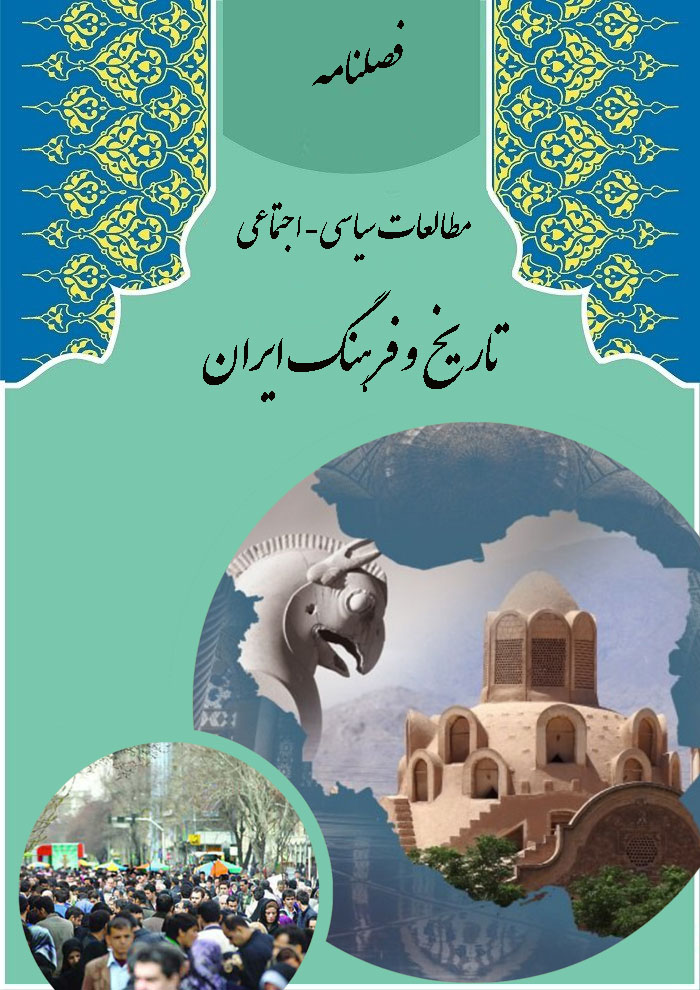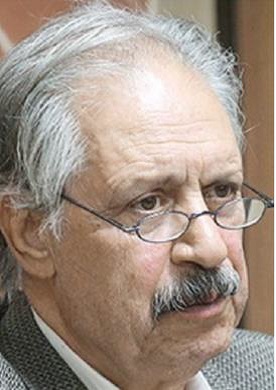Investigating Roman Jakobson's Six Linguistic Functions in the First Ten Ghazals of Hafez Shirazi
Keywords:
Verbal communication theory, Roman Jakobson, linguistic functions, Ghazals of HafezAbstract
Language, as a social institution, is considered one of the most important communication tools. Roman Jakobson, a prominent figure in linguistics, critic, and literary theorist, is known for designing the verbal communication theory. According to Jakobson, every linguistic communication is derived from six factors: sender, receiver, message, code, context, and contact. Given that Hafez's poetry has complex dimensions and this complexity has led to numerous and varied analyses and interpretations. By employing Jakobson's reading and examining the six linguistic functions in the first ten ghazals of Hafez's Divan, this study aims to explore and resolve some of the ambiguities and conceptual, linguistic, and verbal barriers that are effective in communication.

















